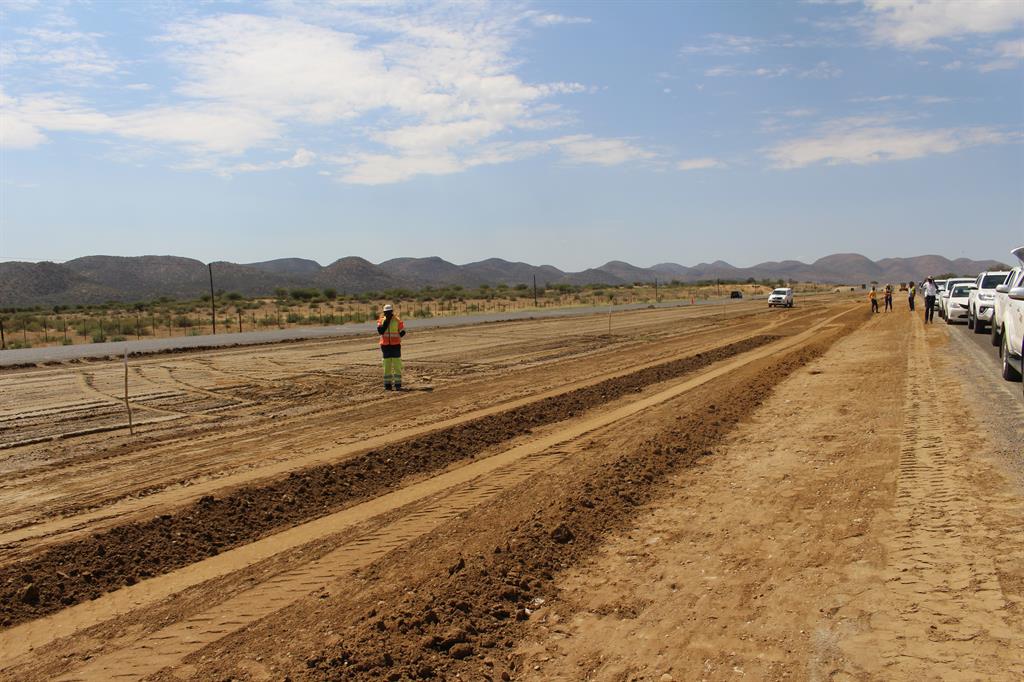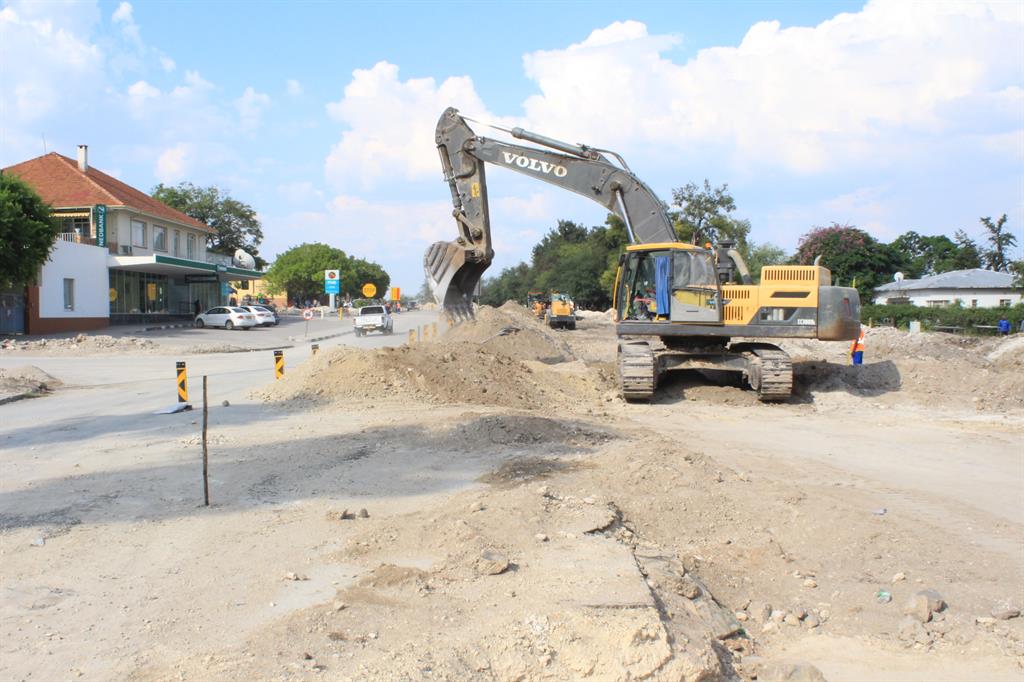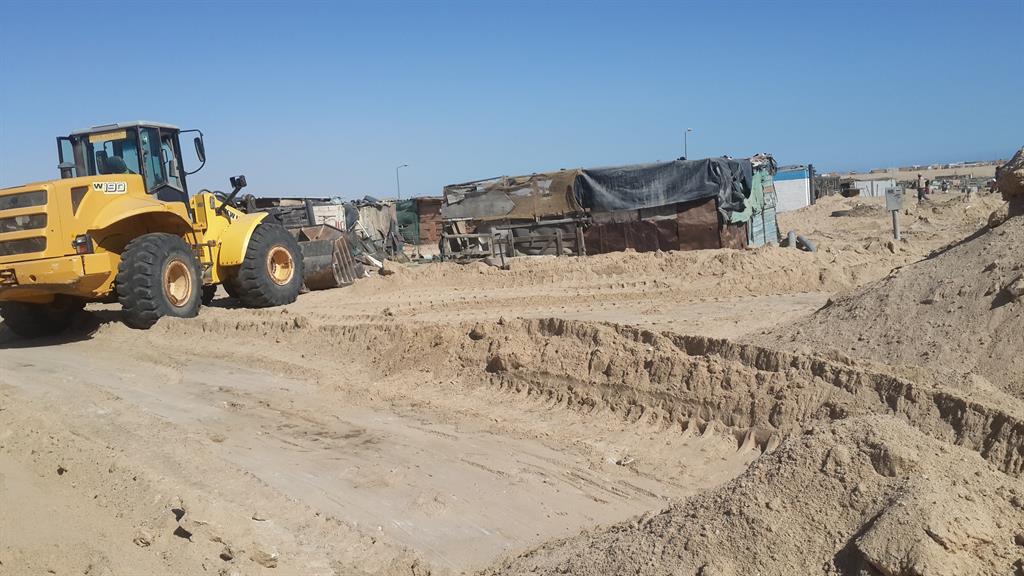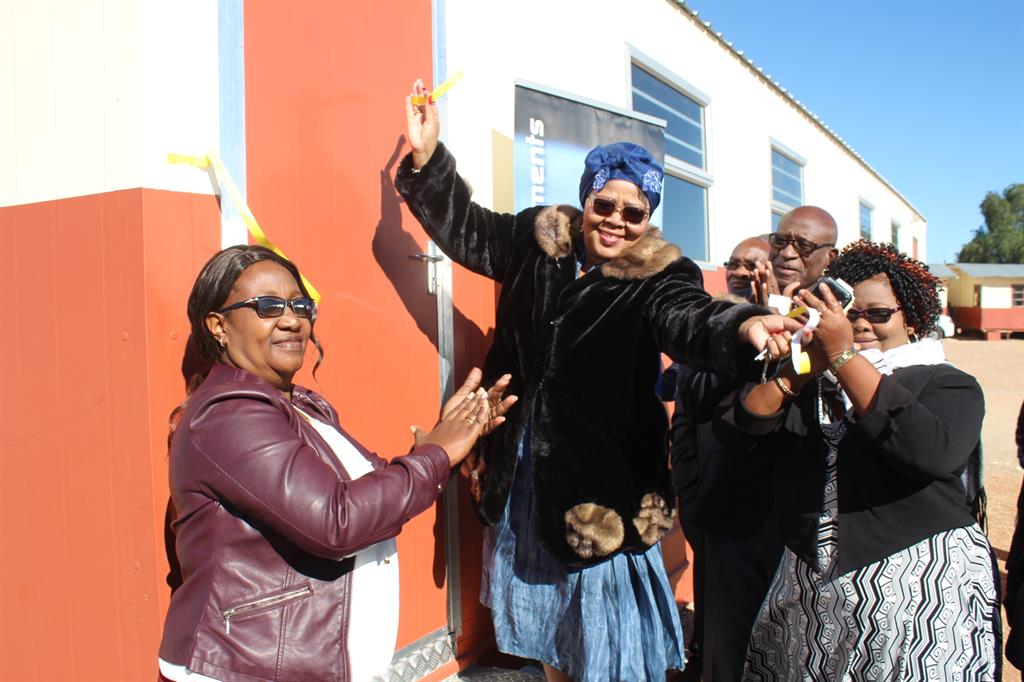Stimulus for construction sector
The total development budget for 2019/20, loans included, is more than N$9 billion.
Jo-Maré Duddy – Government plans to pump about N$28.9 billion into development projects countrywide in the three fiscal years to the end of March 2022.
Of this, around N$24.7 billion will be funded from the state revenue fund, while the rest will be financed through loans.
Government’s development budget traditionally is the main driver of the construction sector in Namibia.
The sector has been plunged into recession for three consecutive years, partly because construction at three mines – at Husab, Otjikoto and Tschudi – were completed, but also due to government’s fiscal consolidation policy which started in 2016 to try and ensure macro-economic stability in the country. The result was that construction grew by -26.3% in 2016, followed by -25% in 2017 and -18.3% last year.
The number of employed persons in the sector subsequently fell from 63 005 in 2016 to 45 057 in 2018, according to the latest labour force survey by the Namibia Statistics Agency (NSA).
At current prices, construction’s contribution the gross domestic product (GDP) dropped from a high of 5.5% in 2015 to 3.9% in 2016. In 2017 and 2018, it was 2.9% and 2.3% respectively.
The sector last year contributed about N$4.4 billion to the GDP of around N$192.1 billion.
Top five
In the current fiscal year, which started on 1 April, about N$9.4 billion is available in the development budget – more than N$7.9 billion which will be funded from the state revenue fund and loans to the tune of about N$1.5 billion.
The bulk of the money – nearly N$2.54 billion – is earmarked for transport, which accounts for a third of the total development budget. The main components of the budget are roads infrastructure (nearly N$1.5 billion), railway network development (N$717.2 million) and airports infrastructure (N$319.4 million).
Agriculture, water and forestry gets the second biggest chunk: 13% of total spending or about N$1.01 billion.
With a budget of around N$764 million, urban and rural development is entitled to some 10% of the total budget. The main components are massive land servicing (N$561 million) and sanitation infrastructure development (N$764 million).
Education, arts and culture gets the fourth biggest allocation with a projected budget of about N$649.7 million. Safety and security follows with just below N$588 million.
Projects
The biggest road infrastructure project in 2019/20 is the rehabilitation of the road between Windhoek and Okahandja, for which N$349 million was set aside.
With a budget of about N$500.5 million, the upgrading of the line between Lüderitz and Kranzberg is the most important railway project.
The upgrading of the Hosea Kutako International Airport, with an allocation of N$108 million, gets the biggest chunk of the airports infrastructure budget.
The bulk of the development budget for agriculture, water and forestry is earmarked for the construction of water supply security infrastructure. A total of N$242 million is available for this.
The single biggest project under urban and rural development is the construction of the new regional council in Omaheke, with a budget of N$48 million.
With N$80 million, the upgrading of basic education facilities gets the biggest slice of the budget for education, arts and culture.
The N$124.5 million set aside for the construction of a forensic laboratory in Windhoek is the biggest project under safety and security.
Of this, around N$24.7 billion will be funded from the state revenue fund, while the rest will be financed through loans.
Government’s development budget traditionally is the main driver of the construction sector in Namibia.
The sector has been plunged into recession for three consecutive years, partly because construction at three mines – at Husab, Otjikoto and Tschudi – were completed, but also due to government’s fiscal consolidation policy which started in 2016 to try and ensure macro-economic stability in the country. The result was that construction grew by -26.3% in 2016, followed by -25% in 2017 and -18.3% last year.
The number of employed persons in the sector subsequently fell from 63 005 in 2016 to 45 057 in 2018, according to the latest labour force survey by the Namibia Statistics Agency (NSA).
At current prices, construction’s contribution the gross domestic product (GDP) dropped from a high of 5.5% in 2015 to 3.9% in 2016. In 2017 and 2018, it was 2.9% and 2.3% respectively.
The sector last year contributed about N$4.4 billion to the GDP of around N$192.1 billion.
Top five
In the current fiscal year, which started on 1 April, about N$9.4 billion is available in the development budget – more than N$7.9 billion which will be funded from the state revenue fund and loans to the tune of about N$1.5 billion.
The bulk of the money – nearly N$2.54 billion – is earmarked for transport, which accounts for a third of the total development budget. The main components of the budget are roads infrastructure (nearly N$1.5 billion), railway network development (N$717.2 million) and airports infrastructure (N$319.4 million).
Agriculture, water and forestry gets the second biggest chunk: 13% of total spending or about N$1.01 billion.
With a budget of around N$764 million, urban and rural development is entitled to some 10% of the total budget. The main components are massive land servicing (N$561 million) and sanitation infrastructure development (N$764 million).
Education, arts and culture gets the fourth biggest allocation with a projected budget of about N$649.7 million. Safety and security follows with just below N$588 million.
Projects
The biggest road infrastructure project in 2019/20 is the rehabilitation of the road between Windhoek and Okahandja, for which N$349 million was set aside.
With a budget of about N$500.5 million, the upgrading of the line between Lüderitz and Kranzberg is the most important railway project.
The upgrading of the Hosea Kutako International Airport, with an allocation of N$108 million, gets the biggest chunk of the airports infrastructure budget.
The bulk of the development budget for agriculture, water and forestry is earmarked for the construction of water supply security infrastructure. A total of N$242 million is available for this.
The single biggest project under urban and rural development is the construction of the new regional council in Omaheke, with a budget of N$48 million.
With N$80 million, the upgrading of basic education facilities gets the biggest slice of the budget for education, arts and culture.
The N$124.5 million set aside for the construction of a forensic laboratory in Windhoek is the biggest project under safety and security.








Kommentaar
Republikein
Geen kommentaar is op hierdie artikel gelaat nie